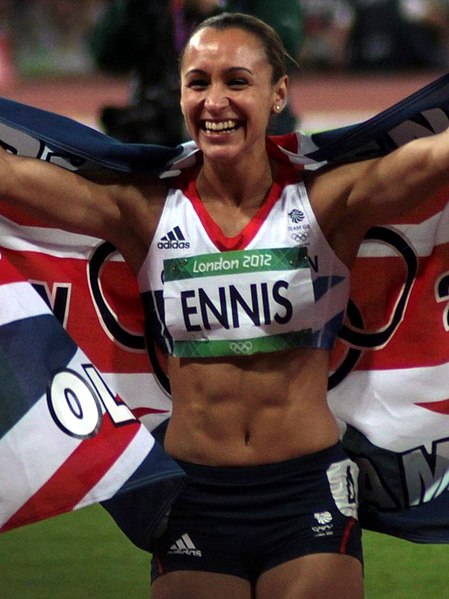This test is run by .
Note that your final mark will not be saved in the system.
Note that your final mark will not be saved in the system.
3.1.3.1 Emergence of globalisation of sport (post World War II) GapFill
Target Level
C
Running Total
0
0%
Attempt
1 of 3
You must fill all the gaps before clicking ‘Check Answers!’

There was a significant change in the role and status of women during the twentieth century. Towards the end of the century,
began to oversee female sport and organise competitions, almost a whole century after they had been established to oversee male sport. For example, the success of England's men’s team at the 1966 World Cup led to the establishment of the Women’s Football Association in 1969 and the first Women’s FA Cup a year later. The shift towards gender
has encouraged more women to get involved in sport, and it is now viewed as a viable path towards a professional career. The gradual emergence of female sport has been brought about by many factors across different sports:
| Association football | Increased – there has been a greater amount of money injected into female sport at an elite level to improve provision, but also at a grassroots level to nurture the development of future stars. |
| Increased – women’s football has received more attention over recent years due to the increasing prevalence of games being shown on television and news stories being covered on various social platforms. For instance, in addition to BT Sport having the home broadcasting rights for the (WSL) for the 2019/20 season, the FA has struck international broadcasting deals for the WSL, such as that with NBC Sports in the USA. | |
| Increase in roles – not only has the number of female players increased over recent years, but the number of female in football has also experienced a rise. This is evident at an elite level, where 63% of games in the WSL’s 2019/20 season were refereed by a woman. | |
| Tennis | Equal – tennis was historically reserved for amateur performers up until the advent of the ‘ era’ in 1968, when financial rewards were made available for the winner of each of the four major championships. Despite this, there was a gross disparity in the winnings between the male and female competitions. It wasn’t until recently that the remuneration for advancing through each round of the championships became equal for female and male tennis players. |
| Establishment of the – this organising body was founded in 1973 by Billie Jean King to establish equality for female tennis. It now hosts annual tennis circuits under the WTA Tour. | |
| Athletics | Changing views – there was a major shift that took place across the twentieth century regarding the way women were stereotyped in sport. Traditional views that strenuous activity was too tough for women or that the dress code required in athletics was have been overcome by more pragmatic views that see females as adept athletes. Indeed, many of the leading stars in international athletics are female figures, such as the likes of Jessica Ennis-Hill, Allyson Felix and Jackie Joyner-Kersee. |